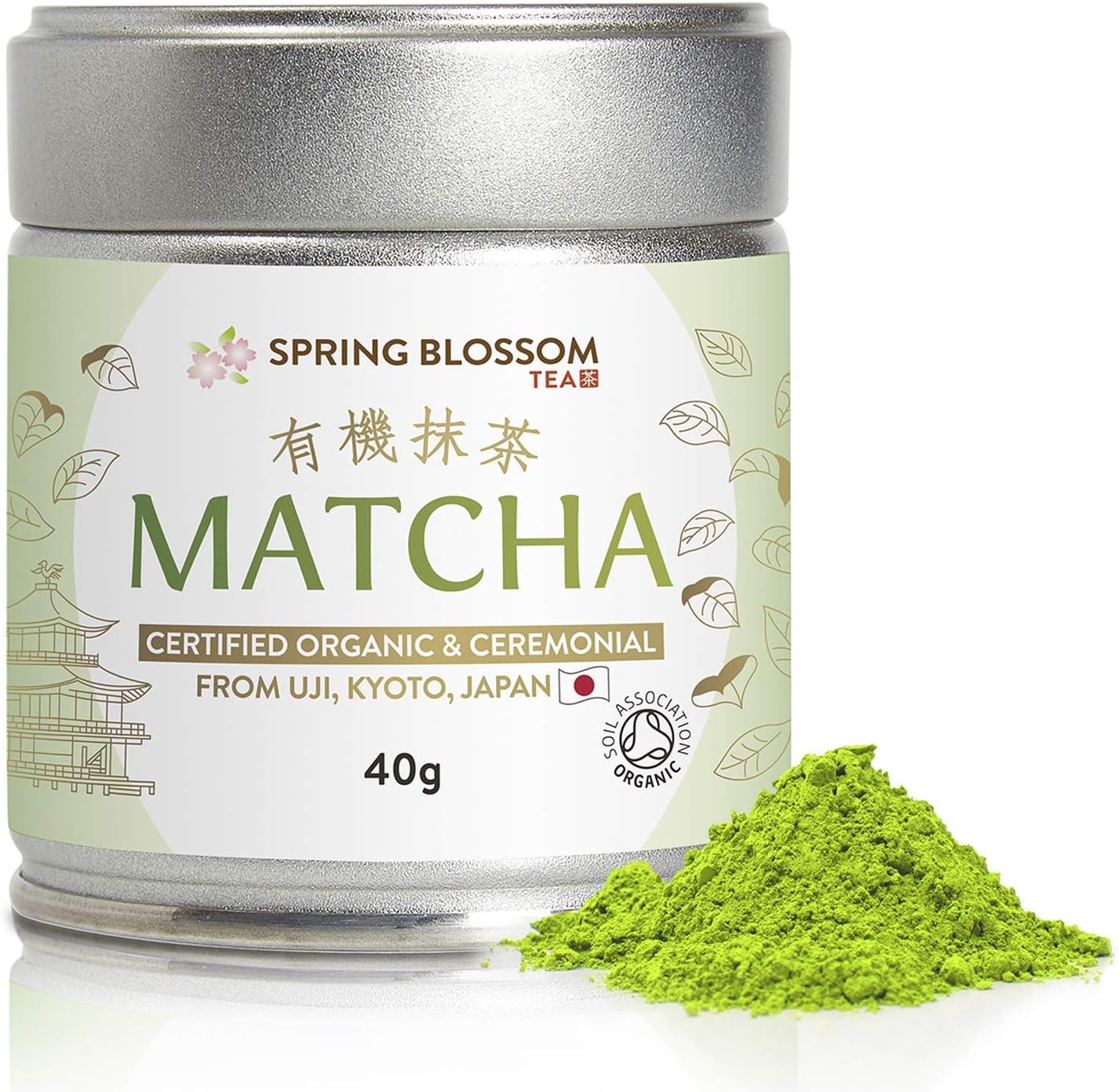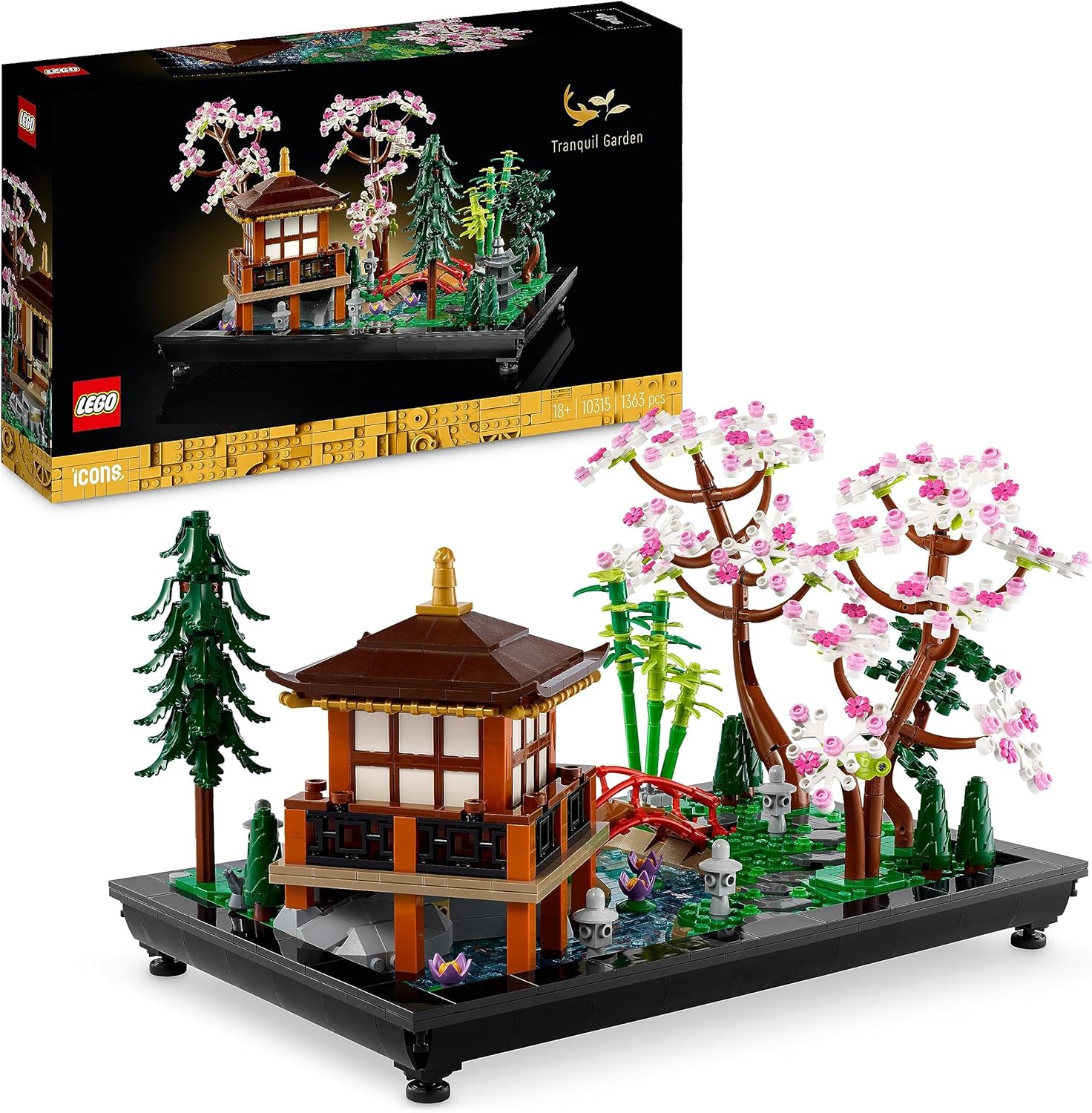Welcome to the Exciting World of Regional Dialects!
Posted on: 2024-11-30 | at: 23:13:38
Welcome to the Exciting World of Regional Dialects!
Imagine traveling to a different part of your country and barely being able to understand a single word people say. That’s exactly what it was like for visitors entering Osaka centuries ago. Back then, Osaka was a bustling working-class paradise, where locals spoke a completely different language—almost incomprehensible to outsiders. They wore unique clothing, lived without much 建前 (tatemae, or public facade), and embraced a raw honesty that set them apart.
Fast forward a few hundred years, and what was once a language of the streets has become one of the cutest, trendiest dialects in Japan. Let’s dive into the world of Kansai-ben, exploring its history, quirks, and why it continues to capture hearts across Japan and beyond!
If you’ve been learning Japanese for a while, you’ve probably noticed that standard Japanese (標準語, hyōjungo) isn’t the only way people in Japan communicate. Each region has its own dialect, known as 方言 (hōgen), and among them, Kansai-ben (関西弁) is one of the most famous. Whether you’re a fan of comedy, samurai dramas, or Japanese culture in general, chances are you’ve already heard Kansai-ben in action.
Let’s take a closer look at what makes Kansai-ben so unique, with plenty of examples to get you speaking like a native of Osaka or Kyoto!
—
What is Kansai-ben?
Kansai-ben refers to the dialect spoken in the Kansai region, which includes major cities like Osaka, Kyoto, and Kobe. Known for its lively and humorous tone, Kansai-ben is a favorite among learners who want to add personality to their Japanese. It’s often associated with comedians and entertainers because many of Japan’s top comedians hail from this region.
—
Key Features of Kansai-ben
1. Unique Vocabulary Kansai-ben is packed with words and phrases you won’t hear in standard Japanese. Here are some examples:
なんでやねん (Nande yanen): “Why the heck!?”
A classic Kansai phrase often used to express disbelief or frustration, especially in comedic settings.
おおきに (Ōkini): “Thank you.”
A Kyoto specialty, this polite phrase is a charming way to express gratitude.
ほな、さよなら (Hona, sayonara): “Well then, goodbye.”
A casual yet quintessential Kansai-ben way to part ways.
2. Pronunciation Tweaks
Kansai-ben speakers often elongate vowels or stress syllables differently.
Example: あかん (Akan), meaning “no good” or “impossible,” has a strong emphasis on the final syllable.
3. Grammar Differences Kansai-ben has its own grammar rules that set it apart from standard Japanese:
The negative form へん replaces ない in verbs.
Example:
Standard Japanese: 行かない (ikanai, “not go”)
Kansai-ben: 行けへん (ikehen, “not go”).
や replaces だ in declarative sentences.
Example:
Standard Japanese: それは大事だ (Sore wa daiji da, “That’s important”).
Kansai-ben: それは大事や (Sore wa daiji ya).
—
Kansai-ben in Everyday Life
Here’s a short conversation in Kansai-ben to give you a feel for how it sounds:
A: 今日どないするん? (Kyō donai surun?)
(What are you doing today?)
B: ええやん!難波行こうや! (Ee yan! Namba ikō ya!)
(Sounds good! Let’s go to Namba!)
A: おおきに!ほんで、晩ご飯どうする? (Ōkini! Honde, bangohan dō suru?)
(Thanks! So, what about dinner?)
B: たこ焼き食べたいわ。 (Takoyaki tabetai wa.)
(I wanna eat takoyaki.)
—
Why Learn Kansai-ben?
Learning Kansai-ben not only helps you understand Japanese pop culture better but also endears you to locals in the Kansai region. They’ll appreciate the effort, and it’s a great way to connect with people on a deeper level.
If you’re heading to Japan someday, don’t be afraid to throw in a hearty なんでやねん or a casual おきに to make your interactions memorable!
—
Ready to Level Up Your Japanese?
Dive into Kansai-ben and explore the vibrant personality behind this beloved dialect. From comedic punchlines to heartfelt conversations, Kansai-ben adds a whole new layer of expression to your Japanese learning journey. Keep practicing, and soon you’ll be saying ほな、またな! (Hona, matana!, “See you later!”) like a true Kansai local.
Stay tuned to PekoPekoJP for more tips on learning Japanese through culture, language quirks, and fun activities!


